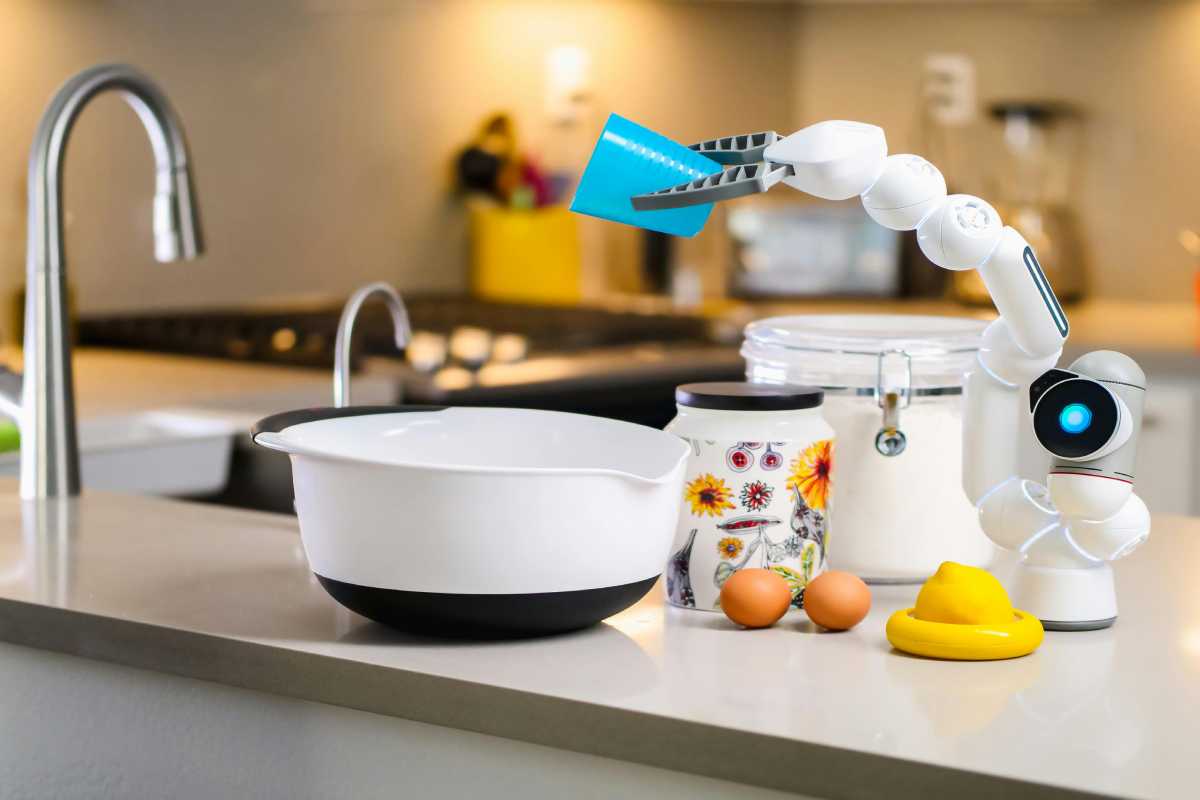Introduction
Well-known in electrical engineering and electronics, some parts have critical roles in managing and directing current. Among such components, the rheostat is considered very important. It does not matter if you are a casual student or even a professional to master the facts, and the working of a rheostat is beneficial. This paper focuses on the working, application, and significance of rheostats to establish this critical component.
What is a Rheostat?
A rheostat is a variable resistor-resistant type commonly used to control the current through a circuit. The resistance can be adjusted in rheostats, while they cannot be adjusted in fixed resistors. Therefore, the current that flows through other circuits and the voltage can also be controlled in rheostats. This capability makes rheostats very useful and widely applicable as they can be used for simple tasks like dimming bulbs or heavy use, such as regulating the speed of motors.
How Does a Rheostat Work?
Basic Principles
It must be pointed out that the primary function of a rheostat is rooted in its function of changing resistance. A general rheostat includes the resistive element, a wire or a coil, and the sliding contact or the wiper. In essence, there is a wiper that, moving along the resistive element, changes the path length through which the current can flow to alter the resistance level.
Components of a Rheostat
Resistive Element: Commonly constructed of a material such as nichrome with relatively low and stable resistance and mechanical sturdy to temperatures.
Sliding Contact (Wiper): Moves along the resistive element to vary the resistance.
Terminals: Usually, a rheostat contains three points of contact – one of them refers to the beginning of the resistive element, the second one – to the end of it, and the third one – is connected with the wiper.
Working Mechanism
As the wiper traverses to a particular point nearer to one end of the resistive element, the resistance is relatively low, allowing a higher current to flow through it. On the other hand, if the wiper is turned away from the finger, the resistance increases, decreasing the current. This simple yet effective mechanism allows for precise control of electrical devices.
Applications of Rheostats
Lighting Control
The most familiar application of a rheostat is in light dimmers. In doing so, the amount of resistance affects the intensity of the light emitted, providing the required light intensity for various usages.
Motor Speed Control
Rheostats are widely applicable to the regulation of the speed of electric motors. By changing the current flowing to the motor, one can control the speed as desired; this makes rheostats very important in items such as fans, mixers, and conveyors.
Heating Elements
In the case of electric stoves and heaters, these control the level of current that gets to the heating component via rheostats. This one permits setting the specific temperature for cooking or heating the food.
Audio Equipment
They are also used in audio equipment through the help of which volume is controlled. In this way, with the help of resistance braking, the sound level at the output can be controlled regardless of distortion.
Educational Tools
Rheostats are valuable tools for teaching and experimenting with electrical circuits in educational settings. Their ability to vary resistance makes them ideal for demonstrating principles of current and voltage in a controlled environment.
Types of Rheostats
Rotary Rheostats
These are the popular category of rheostats since they have an adjustable rotary knob that slides the wiper on the resistive strip. Rotary rheostats are popular worldwide because of simple manipulations and relatively high accuracy.
Linear Rheostats
Depending on the position of the movable contact about the resistive element, linear rheostats are further classified into slide rheostats. In so doing, they are usually applied where space limitation or particular linear motion is desirable.
Digital Rheostats
There are newly developed electronic rheostats for the control of resistance digitally. These rheostats have acceptable control and can be incorporated into fully automated systems for more complicated uses.
Advantages of Using Rheostats
Versatility
The first feature that is well appreciated in a rheostat is flexibility. Due to the possibility of changing the resistance of the circuit, rheostats are used in various types of devices, starting with the most spartan household electronics and going up to industrial equipment.
Easy Control
Rheostats offer easy and precise control over electrical parameters. This is useful in all applications where the current and voltage must be precisely adjusted.
Durability
Rheostats are built using strong materials to handle a high current and heat to avoid failure and maintain high efficiency in the long term.
Choosing the Right Rheostat
Determine the Application
It is, therefore, essential to focus on the given application/usage specifics to select the right rheostat. The factors to consider include the current, voltage, and required control style, i.e., rotary, linear, or digital.
Consider the Environment
The operating environment also plays an important role when selecting the two models. For example, in cases where the rheostat will be operated in a high-temperature environment, suitable materials in relation to the environment must be used.
Check the Ratings
Always ensure the rheostat’s ratings match or exceed the application’s requirements. This consideration will prevent overheating and potential failure.
Conclusion
A rheostat, therefore, is one of the most essential elements in electronics and electrical engineering. Due to its variability, it can be used in any everyday and industrial application, from lighting to machinery. From the knowledge acquired on the construction and the uses of a rheostat, you will be well equipped to use the rheostat in controlling current and voltage in your projects.
Whether you are trying to regulate the amount of light, the speed of the motor, or even dealing with circuits, a rheostat provides the perfect answer. Therefore, when choosing a rheostat by inputting factors like an application, it is possible to make the right choice influenced by essential aspects like the current conditions.
Also Read:




